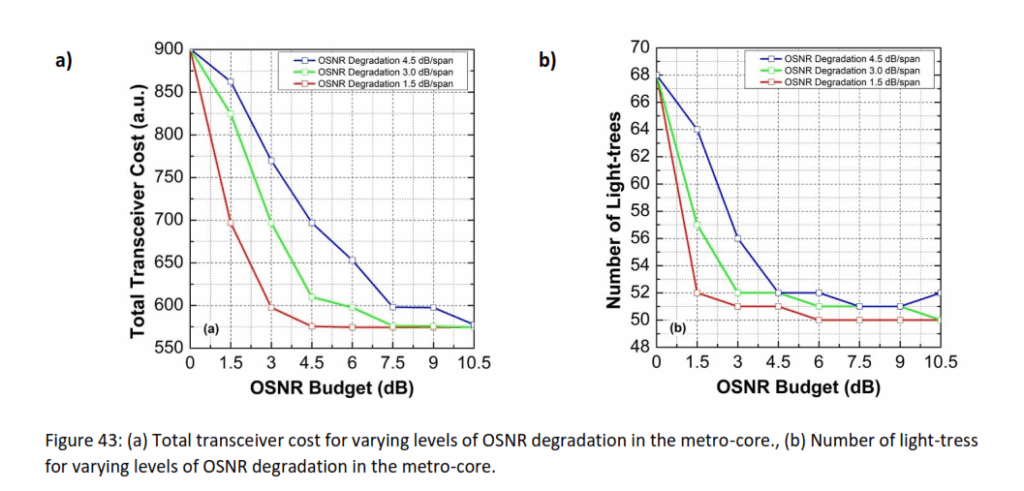In our latest simulation, we explored how traffic is routed from Aggregation Nodes to National Nodes in the backbone network. 📡
A key highlight: we analyzed transceiver cost variations as a function of the OSNR budget available at the output of the horseshoes. This budget—representing the margin above the minimum OSNR required for error-free 16-QAM transmission—opens up exciting possibilities. 🧠
Recent research [Cas23] confirms that carefully engineered horseshoe designs can deliver significant OSNR reserves. Leveraging this, we can support extended-reach light-trees in the metro-core, enhancing scalability and reducing cost.
Figure 43(a) in our report visualizes the impact of these OSNR margins on transceiver cost. The insight: with smarter OSNR management, we can stretch the reach of each leaf node and drive more efficient backbone designs. 🌐💡
#OpticalNetworks #AllegroProject #BackboneTraffic #OSNR #MetroCore #NetworkDesign #Photonics #16QAM #TelecomInnovation

